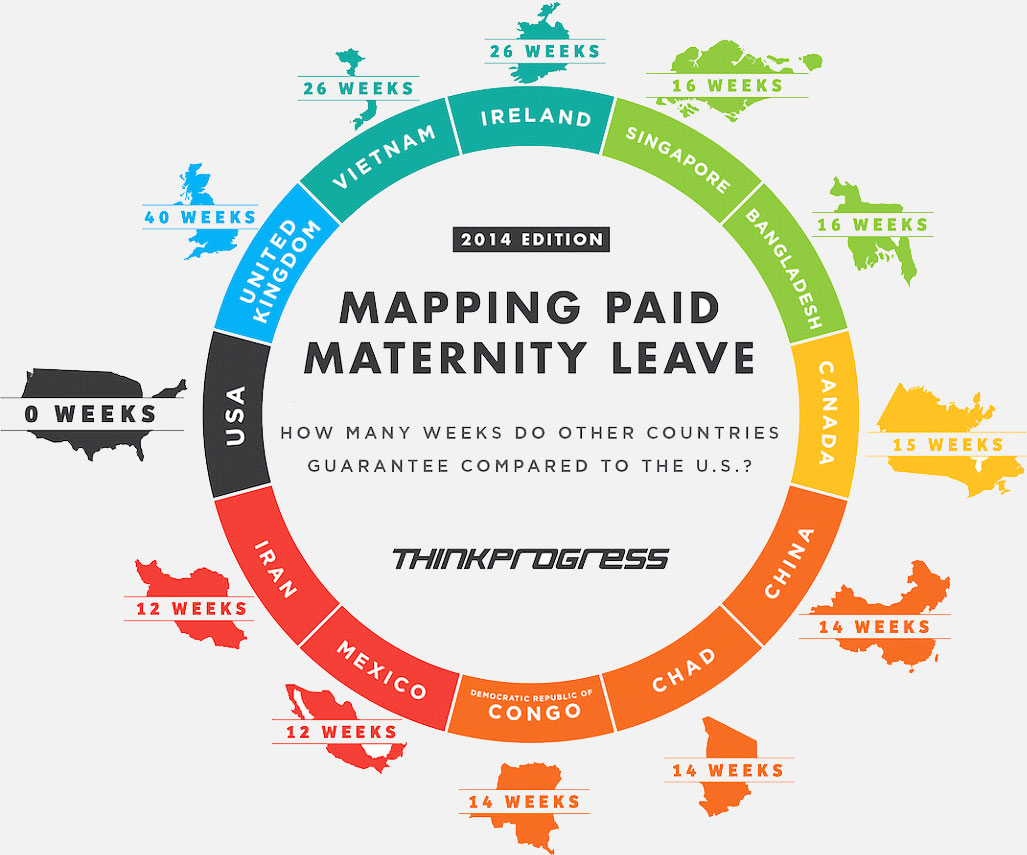Hi Everyone,
Friday’s conversation was about paternity leave, but, first we practiced different ways to express agreement and disagreement in conversation. We often use short phrases to agree and disagree in replies. For example if I say “I like chocolate”, you might reply “I do too”.
This chart lists some helpful phrases you can use:

Our focus on Friday was using the phrases “so do I” and “neither do I”. Use “so do I” to say that a positive sentence is also true for me. For example: John : I hate mushrooms. Me: So do I. Use “neither do I” to say that a negative sentence is also true for me. For example: Lucy: I don’t live in London. Me: Neither do I.
When using these 2 phrases, it is important to match the verb tense in the first sentence with the reply in the second sentence. Take a look at this chart of verb tenses and what to use:
| Present simple:
use ‘do / does’ |
Lucy likes coffee. So do I. Lucy doesn’t like coffee. Neither do I. |
| Present simple with ‘be’:
use ‘am / is / are’ |
John’s at the office. So am I. John isn’t at the office. Neither am I. |
| Present continuous:
use ‘am / is / are’ |
Luke’s going out tonight. So am I. Luke isn’t going out tonight. Neither am I. |
| Past Simple:
use ‘did’ |
Jill went to the cinema yesterday. So did I. Jill didn’t go to the cinema yesterday. Neither did I. |
| Past simple with ‘be’:
use ‘was / were’ |
She was at the library. So was I. She wasn’t at the library. Neither was I. |
| Present perfect:
use ‘have / has’ |
They’ve been to Colombia. So have I. They haven’t been to Colombia. Neither have I. |
| Future simple:
use ‘will’ |
Edward will be at the cafe later. So will I. Edward won’t be at the cafe later. Neither will I. |
| Modal verbs:
repeat the modal verb |
He would like a cup of tea. So would I. He wouldn’t like a cup of tea. Neither would I. Emma can speak Russian. So can I. Emma can’t speak Russian. Neither can I. |
To practice we did this exercise, and filled in responses using the correct form of “so do I” and “neither do I”. Just click here for the exercise and answers.
Ok, our topic of conversation on Friday was paternity leave. Maternity/paternity/parental leave is a period of time away from a job because you or your partner has just had a baby. For starters we talked about different household chores and who is responsible for them in our own homes. Some of us split the chores equally, and others said that one person is responsible for most of the chores in their homes.
But, when we talked about who takes care of the kids, most of us agreed that it is the mother. But what about if the mother works, what happens if she takes time off to care for the baby?? This varies from one country to another. some countries have paid programs for new mothers, and others, namely the US, have unpaid programs. Take a look at this chart and you will see the differences in parental leave programs around the world.
To get a better perspective on global parental leave we listened to this report on NPR. Click here to listen to the report which compares the US with women in France, China, India, and Canada.

After listening to this we talked about the differences, and why some countries have generous programs and others do not. Next we talked about paternity leave, and how some countries encourage and support these programs in which fathers actively participate in child care. Like all these programs there are advantages and disadvantages. Take a look at this brief video which describes some of the benefits of paternity leave in Denmark.
The video details 3 benefits to paternity leave : 1.) Dads who take paternity leave are more likely to take an active role in child care tasks; 2.) Paternity leave has benefits for a child’s learning and improved performance in school; 3.) Paternity leave is good for women’s careers. Although this is a relatively new concept it is slowly taking off, with more and more people interested in paternity leave. We discussed the advantages and disadvantages of paternity leave. We agreed that an important consideration is the salary of both the parents and which makes the most sense. Is paternity leave a useful social benefit? Would you take paternity leave?
Below are some photographs taken by photographer Johan Bavman for an exhibition, called Swedish Dads, in Washington, DC. 
This exhibit is to highlight the increase of paternity leave in Sweden.” The exhibition aims to show the effects of gender equality in parenting on both individuals and society.” As the photographer Johan Bavman says “I use portraits of fathers with their children in everyday situations, and interviews with dads to aim the spotlight on fathers who prioritise the connection to their children and family before their job and career. But the focus is also on the universal and loving aspects of parenting, regardless of whether you are the mother or father”.
Lastly, we debated this statement “equal paternity/maternity paid leave should be mandatory”. Well, we didn’t solve the issues here, but, had a lively discussion about it!
Remember to relax and practice!